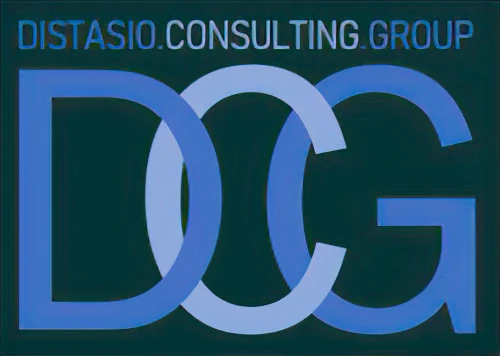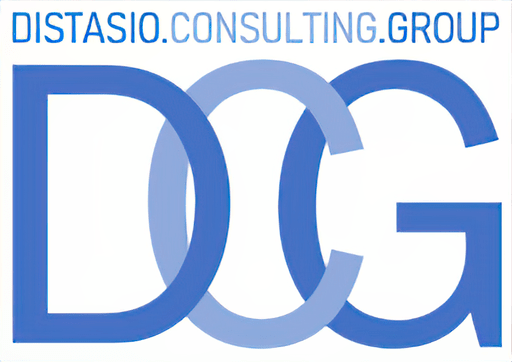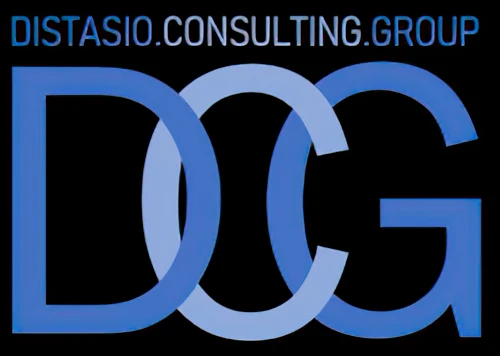Strategic partnerships are a key strategy for businesses to create value, innovate, and grow in the digital era. However, anyone who has been in partner leadership roles knows that managing strategic partnerships can be challenging, especially in complex and dynamic environments where market conditions, customer demands, and partner behaviors can change rapidly and unpredictably. How can you ensure that your strategic partnerships are successful and sustainable in such environments? In this blog post, we will share some best practices and tips on how to manage strategic partnerships effectively and efficiently in complex and dynamic environments so that everyone is on the same page.
Define and Align Your Goals, Expectations, and Roles
The first step to managing strategic partnerships effectively and efficiently is to define and align your goals, expectations, and roles with your partners. This involves:
- Setting clear and realistic goals for the partnership, such as increasing revenue, expanding market reach, enhancing customer experience, or improving operational efficiency. These goals should be specific, measurable, achievable, relevant, and time-bound (SMART).
- Establishing mutual expectations for the partnership, such as the scope, duration, deliverables, milestones, and success metrics of the partnership. These expectations should be documented, communicated, and agreed upon by all partners.
- Defining and assigning roles and responsibilities for the partnership, such as who will do what, when, how, and why. These roles and responsibilities should be based on the strengths, weaknesses, and capabilities of each partner, and should be balanced and fair.
Defining and aligning your goals, expectations, and roles with your partners will help you create a common vision, purpose, and value proposition for the partnership, and will also help you avoid misunderstandings, conflicts, and disappointments.
Establish and Manage Your Governance and Communication Processes
The second step to managing strategic partnerships effectively and efficiently is to establish and manage your governance and communication processes with your partners. This involves:
- Creating a governance structure for the partnership, such as a steering committee, a project manager, a working group, or a task force. This structure should provide oversight, guidance, and decision-making authority for the partnership, and should involve representatives from all partners.
- Setting up a communication plan for the partnership, such as the frequency, mode, format, and content of communication. This plan should ensure that all partners are informed, updated, and engaged in the partnership, and should also facilitate feedback, collaboration, and problem-solving.
- Implementing and enforcing a reporting system for the partnership, such as the tools, methods, and standards for collecting, analyzing, and sharing data and information. This system should enable you to monitor and measure the progress, performance, and outcomes of the partnership, and should also support accountability, transparency, and learning.
Establishing and managing your governance and communication processes with your partners will help you coordinate and execute your partnership activities, and will also help you identify and address any issues, risks, or opportunities that may arise.
Adapt and Improve Your Partnership Practices
The third step to managing strategic partnerships effectively and efficiently is to adapt and improve your partnership practices with your partners. This involves:
- Evaluating and reviewing your partnership results regularly, such as the achievements, challenges, and learnings of the partnership. This evaluation and review should be based on the goals, expectations, and metrics that you agreed upon with your partners, and should also involve feedback from your customers and stakeholders.
- Recognizing and rewarding your partnership successes frequently, such as the milestones, deliverables, and outcomes of the partnership. This recognition and reward should be meaningful, timely, and appropriate for your partners, and should also celebrate and appreciate the efforts and contributions of each partner.
- Adjusting and optimizing your partnership strategies continuously, such as the goals, expectations, roles, processes, and practices of the partnership. This adjustment and optimization should be based on the results, feedback, and learnings of the partnership, and should also consider the changing market conditions, customer demands, and partner behaviors.
Here are three great examples of tech partnerships that succeeded as a result of great partner management and governance:
- Shopify and Facebook: Shopify and Facebook partnered to enable Shopify merchants to sell their products on Facebook and Instagram platforms. This partnership helped Shopify expand its market reach, increase its revenue, and enhance its customer experience. The partners also collaborated to create new features, such as Facebook Shops and Instagram Checkout, that integrated their platforms and services. The partners managed their partnership effectively and efficiently by aligning their goals, expectations, and roles, establishing and managing their governance and communication processes, and adapting and improving their partnership practices.
- Zoom and Dropbox: Zoom and Dropbox partnered to integrate their products and offer a seamless and secure collaboration experience for their users. This partnership helped Zoom and Dropbox increase their user engagement, retention, and loyalty, and also leverage each other’s strengths and capabilities. The partners also co-innovated and co-delivered new solutions, such as Zoom for Dropbox and Dropbox for Zoom, that created value for their customers and partners. The partners managed their partnership effectively and efficiently by setting up a clear and realistic partnership framework, creating a joint go-to-market strategy, and measuring and rewarding their partnership outcomes.
- Salesforce and Google: Salesforce and Google partnered to connect their cloud platforms and offer a comprehensive and integrated solution for their customers. This partnership helped Salesforce and Google access new markets and customers, increase their competitive advantage, and improve their product offerings. The partners also co-created and co-marketed new products, such as Salesforce Essentials and Google Analytics 360, that leveraged their technologies and data. The partners managed their partnership effectively and efficiently by creating a governance structure, setting up a communication plan, and implementing and enforcing a reporting system .
Adapting and improving your partnership practices with your partners will help you sustain and enhance your partnership performance, value, and satisfaction, and will also help you foster and maintain a culture of trust, collaboration, and innovation.
Conclusion
Managing strategic partnerships effectively and efficiently in complex and dynamic environments can be challenging, but it can also be rewarding and beneficial for your business. By following the best practices and tips that we shared in this blog post, you can ensure that your strategic partnerships are successful and sustainable in such environments. If you are interested in learning more about how to manage strategic partnerships effectively and efficiently, please contact us. We are a team of experts in strategic partnerships, and we have extensive experience in working with leading organizations across various industries. We can help you design and execute a successful strategic partnership strategy that suits your needs and goals. We look forward to hearing from you.
DiStasio Consulting Group offers fractional partner business development services including messaging and positioning workshops. We specialize in fostering strategic AI and cloud partnerships to drive business innovation and growth. Leveraging our expansive network and deep industry expertise, we create bespoke strategies that help clients form synergistic collaborations with the right partners. We are not just consultants but nurturers of long-term partnerships that evolve with your business and the technology landscape.






